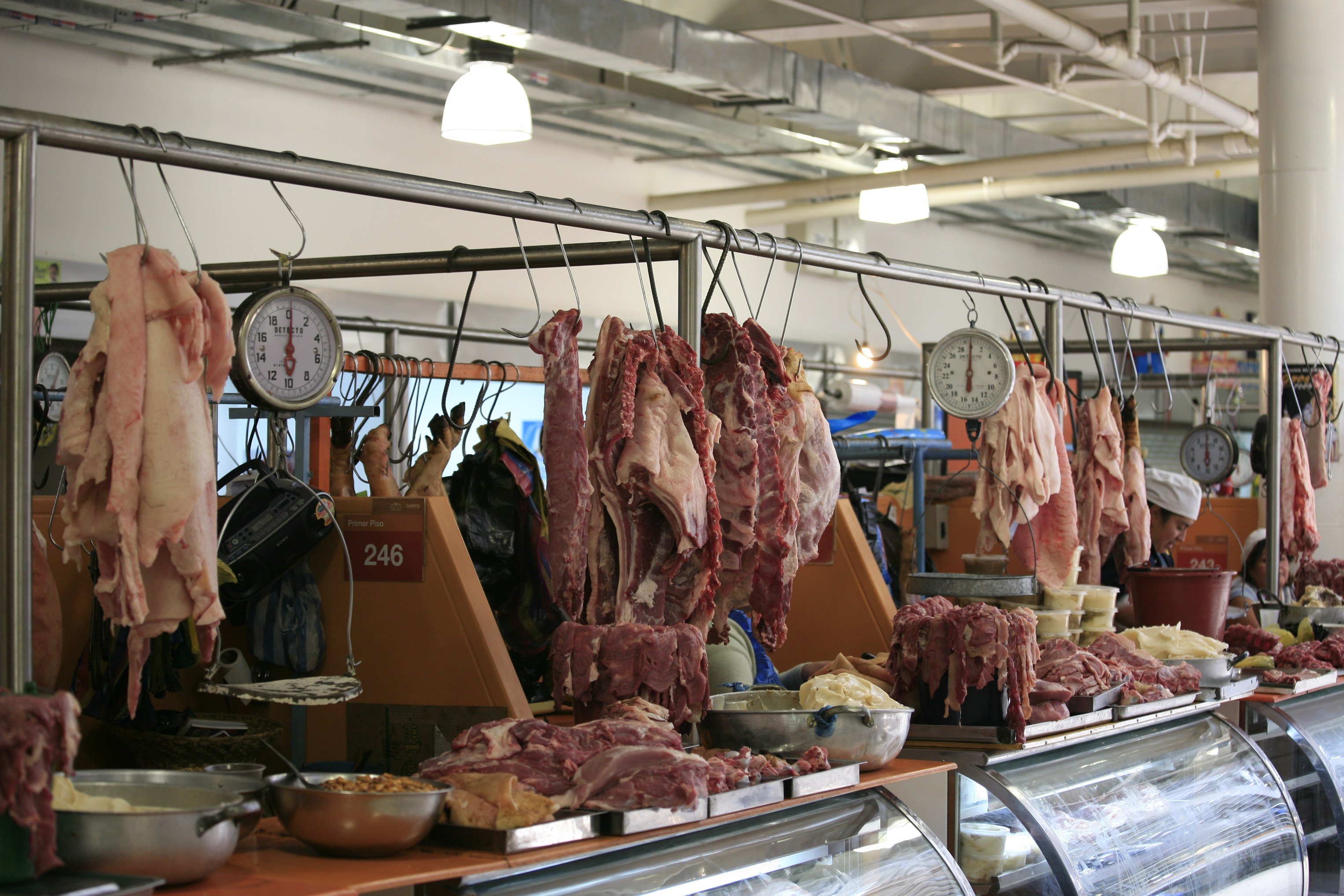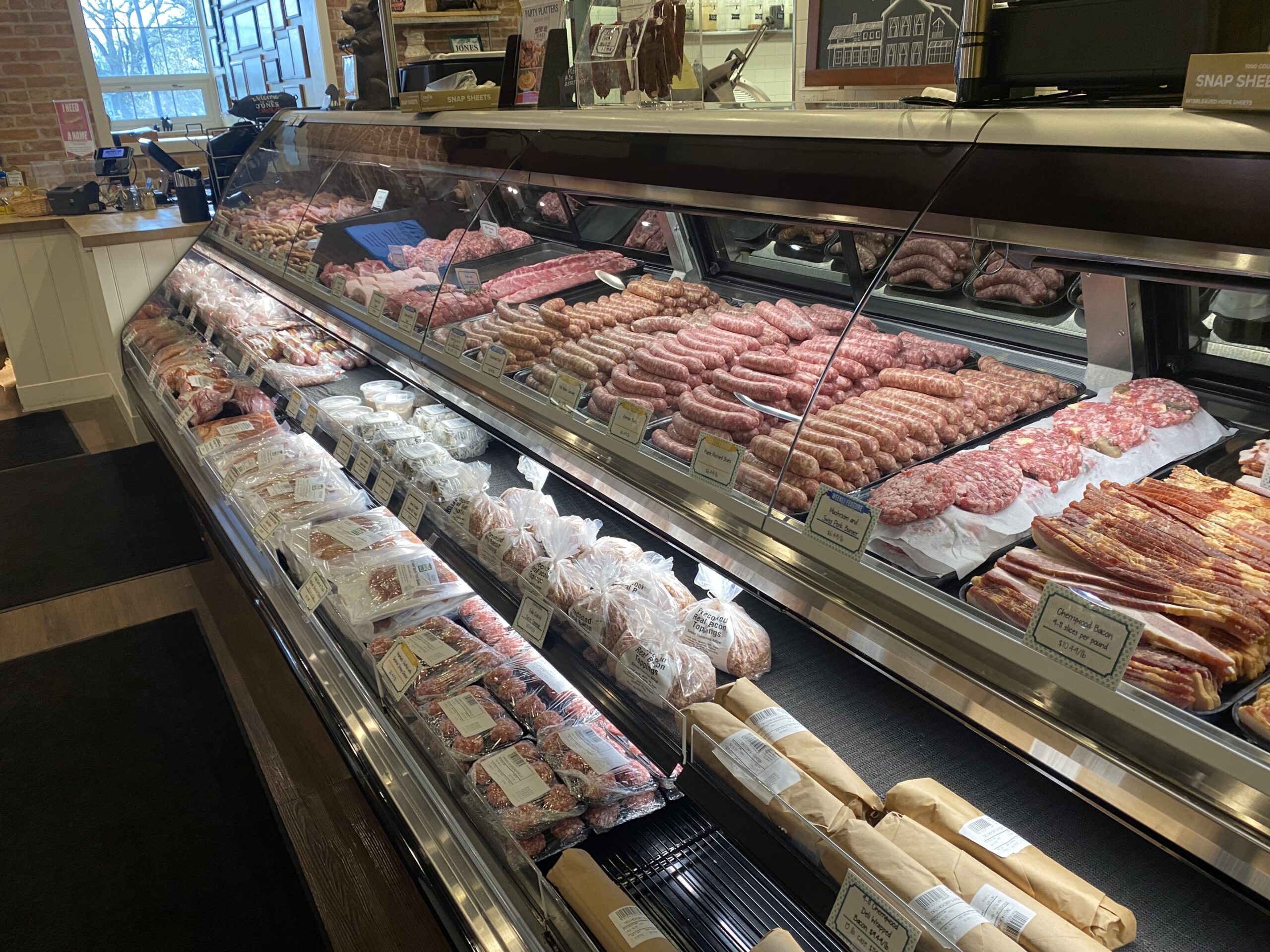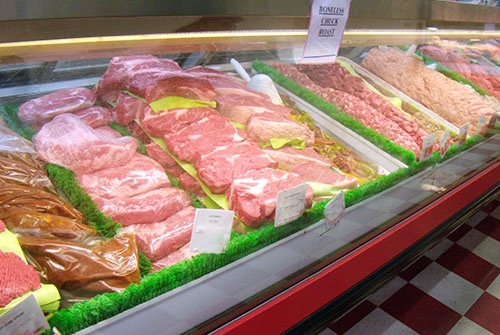Discover Fresh Cuts at Bagley Farms Meat Market Edwardsville IL for Your Next barbeque
Discover Fresh Cuts at Bagley Farms Meat Market Edwardsville IL for Your Next barbeque
Blog Article
Discover the Art of the Butcher's Cut in a Modern Meat Market
In the ever-evolving landscape of modern meat markets, the butcher's cut has transcended its typical origins, combining olden workmanship with modern methods. bagley farms meat market edwardsville il. Today's butchers are not just cpus of meat; they are educated artisans that stress sustainability and honest sourcing. Their competence in selecting and preparing cuts tailored to specific culinary requirements offers an unmatched eating experience. Yet, what genuinely establishes the modern butcher apart is their ability to create a much deeper link between customers and the origins of their meat. Exactly how do these masters equilibrium custom with technology, and what ramifications does this have for the future of meat consumption?
Development of Butchery Methods

The mid-20th century saw butchery methods further improved by scientific insights into muscle biology and meat aging, boosting both inflammation and preference. Developments like vacuum cleaner product packaging and refrigeration expanded product shelf-life, permitting butchers to diversify offerings and enhance quality assurance. This period also noted the rise of specific devices, such as band saws and meat slicers, which boosted accuracy and performance in meat handling.
Electronic systems now help in tracking pet provenance and maximizing cuts to fulfill specific client preferences. In addition, a renewal in artisanal butchery has arised, blending conventional abilities with modern knowledge to provide to consumers looking for ethical and sustainable meat choices.

Understanding Meat Cuts

Recognizing the details of meat cuts is necessary for both butchers and consumers looking for quality and worth. For butchers, specific cuts mirror skill and regard for the craft, making certain very little waste and optimal yield.
The key classifications of meat cuts consist of primitive, sub-primal, and retail cuts. Butchers then break these down additionally right into sub-primal cuts, before finally producing retail cuts readily available to customers, like ribeye or tenderloin.
Recognizing muscle mass make-up is essential; muscular tissues used much more frequently by the pet tend to be harder and are best matched for slow food preparation approaches, while less-used muscles, like those discovered in the loin, are a lot more tender and perfect for cooking or roasting. Knowledge with these distinctions encourages customers to make enlightened selections, improving their cooking undertakings.
Choosing High Quality Meat
Picking the appropriate meat involves even more than just over at this website choosing a visually enticing item from the screen. The art of picking top quality meat calls for a critical eye and understanding of details features that indicate freshness and excellence.
Second of all, think about the marbling, which describes the white flecks of fat within the muscle mass. Proper marbling is a crucial sign of inflammation and taste, as it melts during food preparation, boosting the meat's juiciness. Keep in mind, higher marbling usually associates with superior top quality cuts, such as USDA Prime.
Appearance is one more More Bonuses crucial variable; meat should feel strong to the touch, not slimy or excessively soft. Furthermore, be mindful of the aroma. Fresh meat should have a tidy, neutral smell, devoid of any sour or repulsive smells.
Pairing Cuts With Food Preparation Approaches
Effectively matching cuts of meat with the suitable food preparation methods is necessary for accomplishing ideal taste and structure. Different cuts differ in tenderness, marbling, and connective cells material, each needing certain techniques to unlock their possibility. For circumstances, tender cuts like filet mignon and ribeye, with their intrinsic marbling, benefit from high-heat, quick-cooking methods such as grilling or pan-searing. These methods improve the meat's all-natural tastes and make certain a juicy surface.
Conversely, harder cuts like brisket and chuck roast are abundant in collagen, which damages down into jelly when prepared slowly. These cuts are suitable for braising or slow-moving roasting, allowing the meat to soften gradually and develop deep, intricate tastes. In a similar way, cuts such as brief ribs and pork shoulder make out well with slow-cooking techniques, where expanded cooking times transform their robust structures right into delicious recipes.
Lamb shanks and oxtail, which call for extended cooking to tenderize, are best prospects for stewing or slow-moving simmering. These techniques coax out rich, hearty tastes while preserving wetness. By recognizing the one-of-a-kind qualities of each cut, cooks and home chefs alike can elevate their culinary productions, guaranteeing each dish is both satisfying and remarkable.
The Butcher's Role Today
Browsing the evolving landscape of the contemporary meat market, read review the butcher's function today expands beyond mere preparation of cuts. Contemporary butchers are culinary craftsmens, instructors, and advocates for sustainable practices.
Along with crafting precise cuts, butchers currently engage straight with customers, supplying cooking advice and tailoring selections to suit specific requirements and choices. Their proficiency in meat aging, marbling, and flavor accounts equips consumers to make educated decisions, improving their culinary experiences. This personalized service exemplifies the butcher's advancing role as a relied on advisor in the kitchen area.
Moreover, butchers are pivotal in minimizing waste, utilizing whole pets to develop varied items such as sausages and stocks - bagley farms meat market edwardsville il. This comprehensive approach not only values the animal however also straightens with contemporary sustainability goals. In this method, the modern butcher embodies both custom and advancement, adapting to an ever-changing market while protecting the artistry and integrity of their craft

Final Thought
The modern butcher's craft delicately weaves standard methods with modern-day developments, emphasizing lasting methods and ethical sourcing. Mastery in recognizing varied meat cuts and quality indicators empowers butchers to offer enlightened recommendations, straightening specific cuts with optimal cooking methods. This proficiency not just raises cooking experiences however also enhances the link in between consumers and the beginnings of their food. By recognizing historical methods while embracing contemporary demands, the butcher's function remains vital in today's advanced meat market.
Report this page